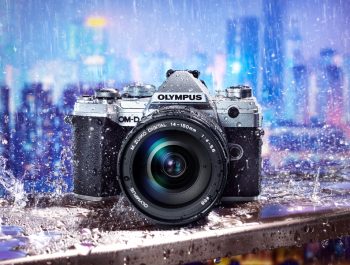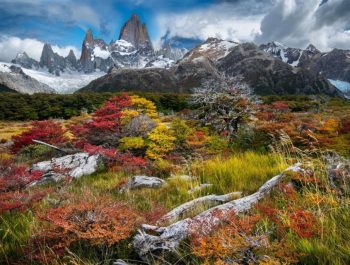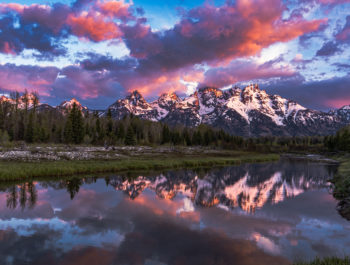Using Mirrorless Cameras For Landscape Photography
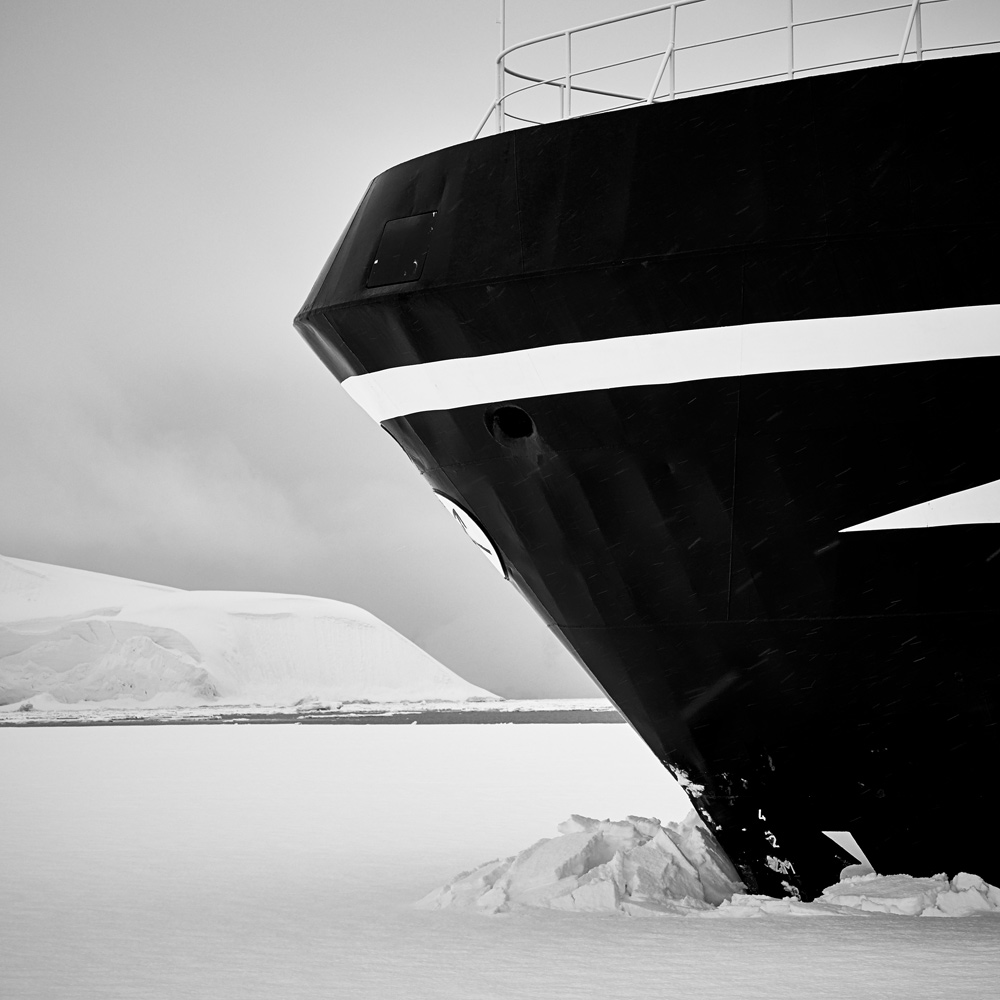
For many years I lugged around a very large and extremely heavy backpack loaded with both medium format and 35mm film cameras & lenses. It was not unusual for me to venture into the landscape with several kilos on my back. Eventually, though I reached a point where something had to go and of little surprise, it was my poor back. A trapped nerve caused by over-exuberance in the gym limited my capacity to carry a heavy bag for long periods.
Necessity required that I reduce the amount of gear I carried. The result was no loss in productivity and I got less tired on my landscape outings. I had more energy to concentrate on finding and making photographs as well as being able to walk further and work longer. All contributed greatly to enhancing my enjoyment of the picture-making process. This was an early lesson about the benefits of keeping my kit as small and light as possible.
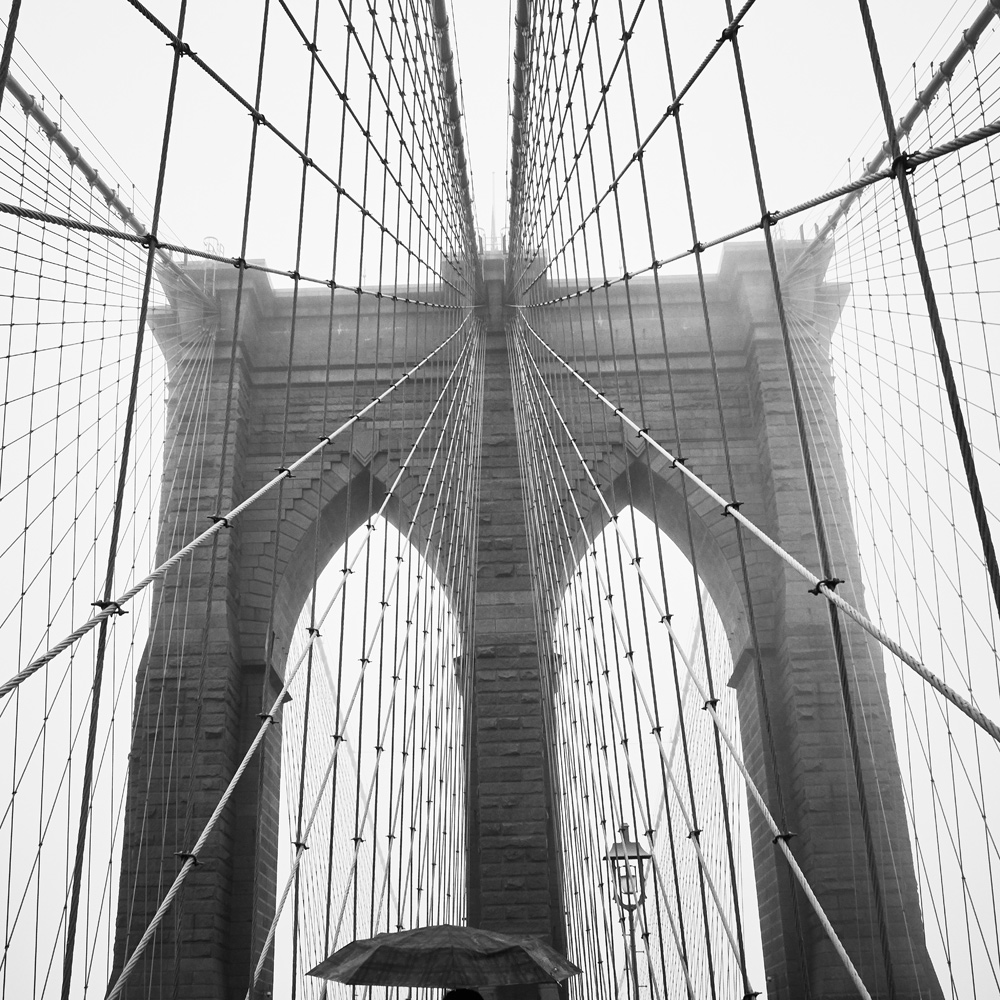
So, it wasn’t long before I traded in my bulky Hasselblad V system for my first mirrorless camera – the Alpa TC (a medium format technical camera) coupled with a Phase One digital back and a couple of Schneider lenses. It wasn’t cheap but the image quality was absolutely amazing – hence my description of it as the ultimate mirrorless camera. I was so committed to this system as the way forward for my photography that I subsequently upgraded that kit to a Phase One A-series with three Rodenstock lenses. I still use this combination regularly and for a medium format outfit, it’s both light and compact. And the files are so detailed with a wonderful tonality and dynamic range, capable of producing large, high-quality prints. I’ve told my wife that when I die I want to have my Phase One A-series with me because if there is an afterlife I want to record it in the best detail possible!
But there are times – for example when I’m flying overseas with very restrictive carry-on allowances – when even the A-series is too big & heavy. I searched for a system that would complement my Phase One kit – not a replacement but something that I could travel within the knowledge that I wouldn’t be risking some overzealous check-in assistant making me put my valuable gear in the hold of a plane.
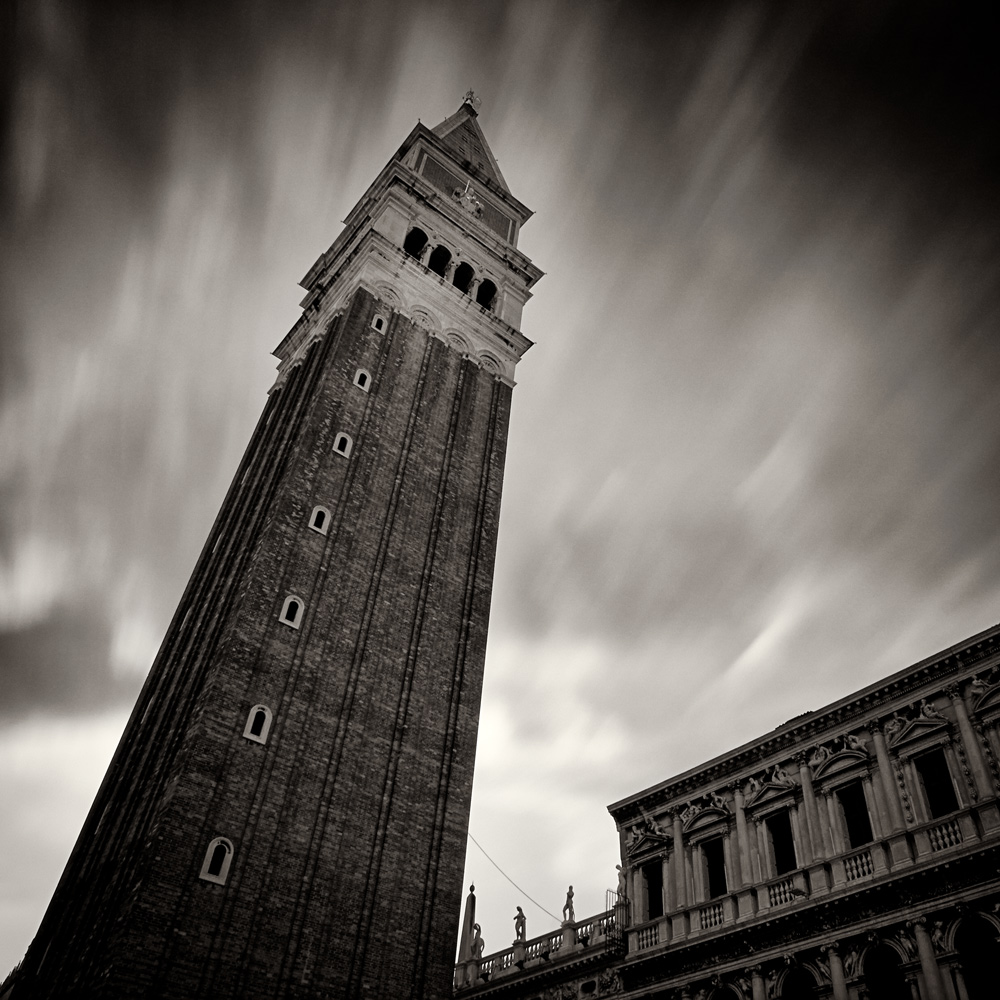
When Olympus released their first OMD camera (the EM5) a few years ago I was excited about giving the system a try for it offered a further reduction in size and weight compared to my previous DSLR system.
I’d always been a fan of Olympus cameras and lenses. When shooting film back in the 1980s I used OM1ns and OM4s – I loved the small size, great build quality, and the very sharp Zuiko lenses. For these virtues the EM5 reminded me so much of using my old OM4s – it provided the basis for a small, lightweight system that allowed me to fit two camera bodies and a wide range of lenses into a smaller backpack that I was comfortable carrying around all day.
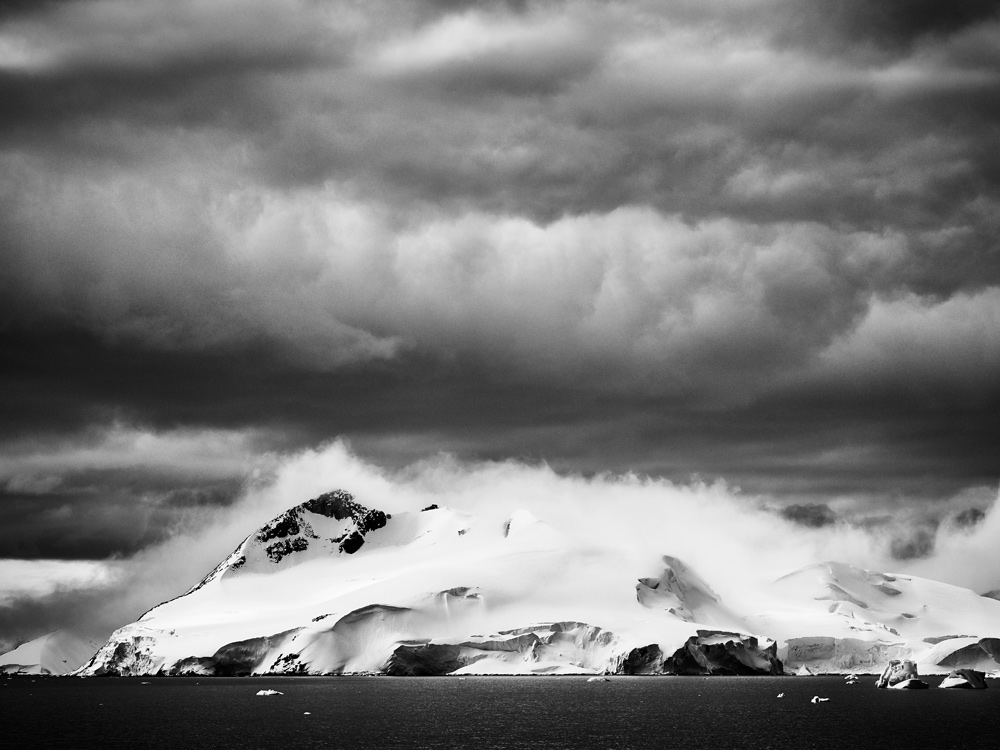
And the Olympus camera & lenses also enabled me to choose a lighter tripod as well as reduce the bulk of the filters I packed. The smaller Lee Seven5 system works well with the Olympus primes lenses adding further to a reduction in bulk and weight. My days of going to the gym just so I could lift my camera bag appeared to be over.
But the key question facing me (and others deliberating a move to a smaller format) was ‘would the image quality from the smaller sensor be up to scratch for my professional work?’. The proof of the pudding would be in the eating so early on I had some 30″x20″ prints produced from the OMD files. I was astounded by the level of detail obtainable from a RAW file – it was impressive. From that point on I knew that image quality wasn’t going to be a concern for all but my biggest prints.
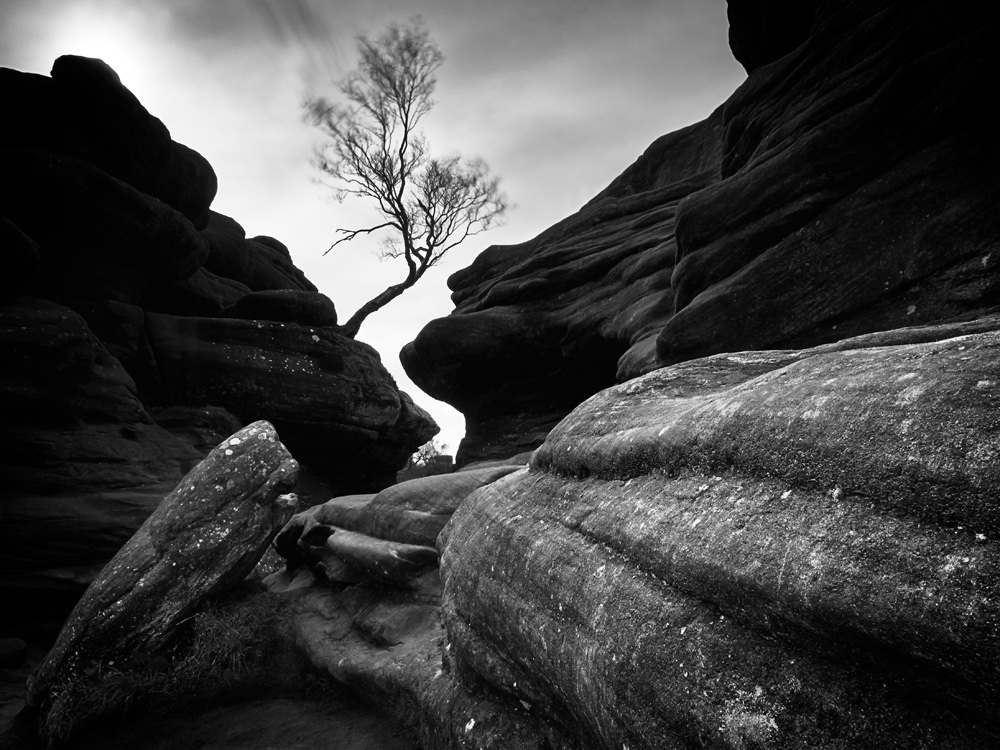
I now have all the Olympus primes – from 12mm to 300mm – as well as the Pro zoom lenses. They are a real joy to use – well made, great image quality, fast apertures and much smaller & lighter than the DSLR equivalents. The range of Micro Four Thirds lenses available is one of the attractions of the system as an alternative to a traditional DSLR. Olympus, Panasonic, Sigma, Voigtlander and others all make a wide variety of lenses to cater for every budget and requirement.
And as a landscape photographer, often looking to maximize depth of field, then the smaller sensor gives me a distinct advantage over a full-frame DSLR. I can achieve an equivalent depth of field without stopping down to f22 and thereby risking the negative effects of diffraction on image quality. Shooting at f8 or f11 I get the required depth of field whilst shooting at the cameras optical sweet spot.
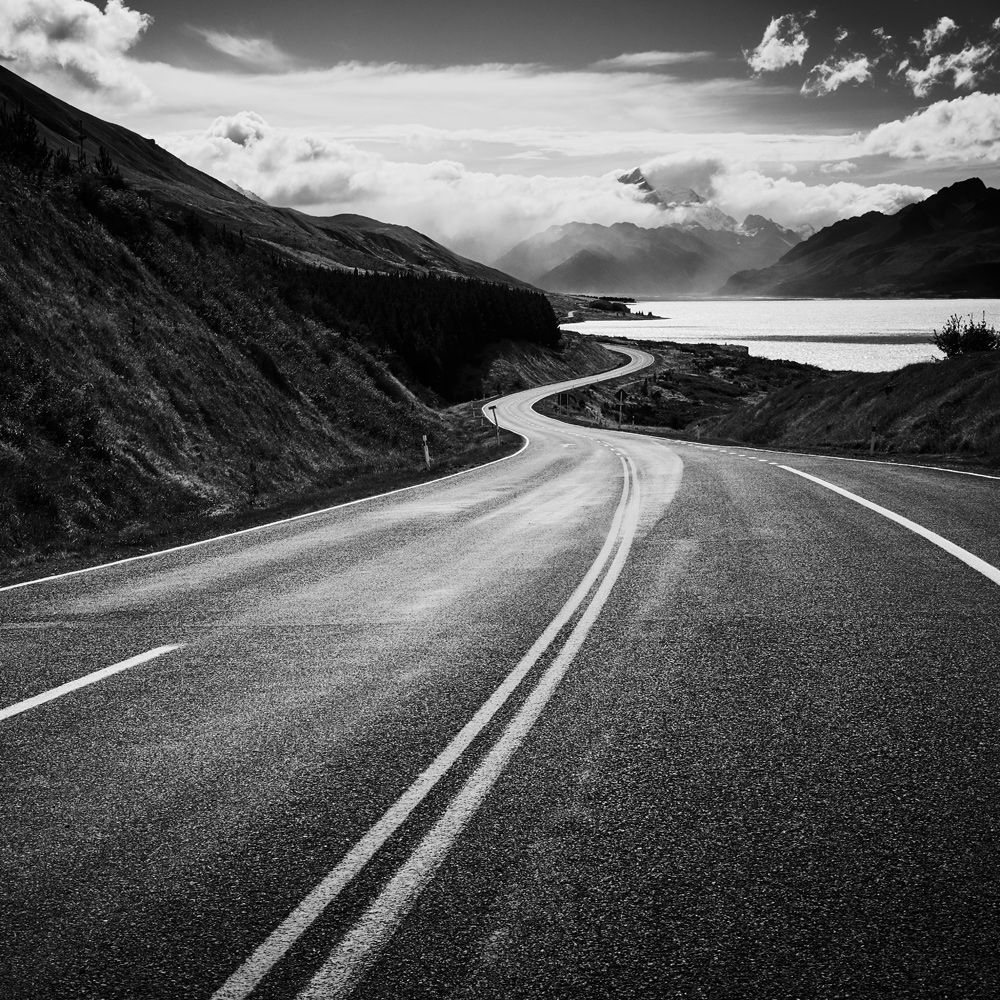
Electronic viewfinders (EVFs) are still contentious with some photographers who remain enthusiastically wedded to the optical finders (OVFs) found on DSLRs. But EVFs are improving in quality all the time and I’ve reached a stage now where I don’t even think about an optical finder. I’m happy to enjoy the advantages of an EVF that shows 100% of what I’m taking and gives me the WYSIWYG benefits – changes to exposure, colour balance, the effects of in-camera filters can all be seen through the viewfinder. In fact, now when I look through the optical viewfinder of a DSLR camera it takes me by surprise that I can’t see those things! I think that EVFs are the viewing mode of the future for everyone as quality improvements continue to be made and the benefits become widely acknowledged by all but the most diehard of OVF fans.
Although not a feature I use a lot for landscape photography, the silent shutters of CSCs are a real boon for many photographers who shoot street, wildlife or event photography where discretion is essential. Something that’s nigh on impossible with the distinctive ‘clunk’ of the mirror and focal plane shutter of a DSLR.
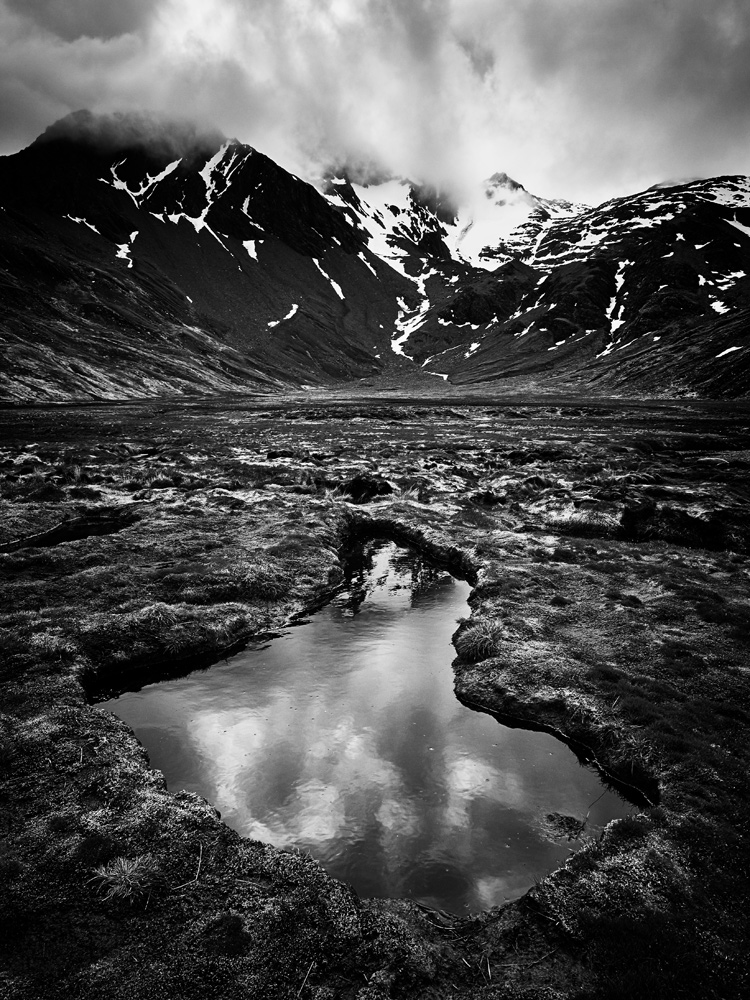
So, are there any reasons to hold onto our DSLRs? Well, I’ll say up front that my answer to that question is no. I no longer own a DSLR camera – I just don’t need one for the type of photography I do.
Those dedicated OVF fans might be hard to convert for a while and those photographers working in remote locations who have to eke out battery life for as long as possible will be glad they don’t have an EVF consuming vital power.
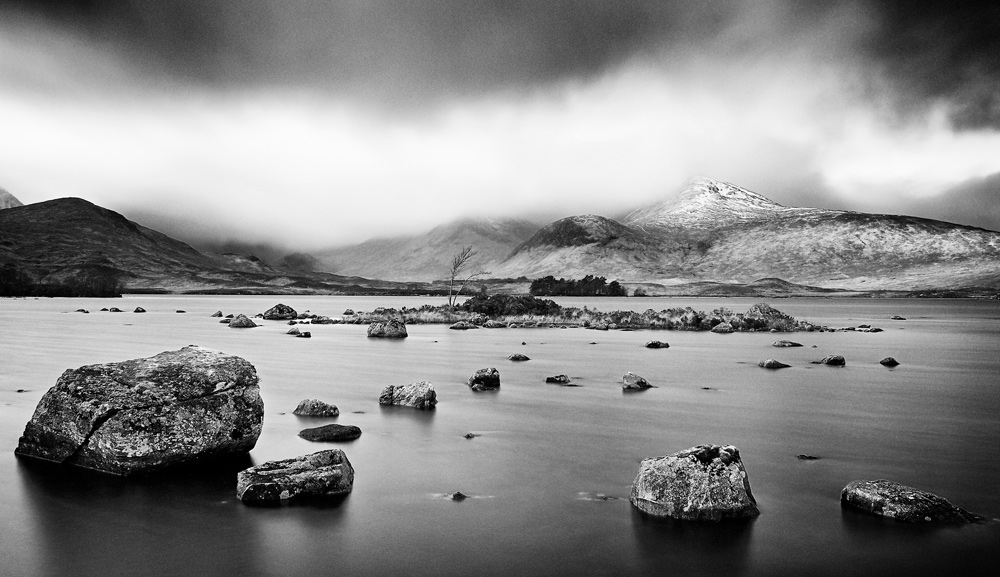
Sports and wildlife photographers might claim that the AF speed of many CSCs is not up to meeting their exacting needs. But that’s an argument that is rapidly diminishing in credibility as manufacturers introduce both Phase Detection and Contrast Detection AF systems into their mirrorless cameras. The Olympus EM1x and Sony’s A9 are examples of mirrorless cameras aimed at just those photographers needing rapid shooting and responsive AF.
So, I’m struggling to find a valid argument to support the long-term viability of the DSLR. An existing investment of several thousands of pounds in DSLR lenses is a persuasive factor but not if the manufacturers can find a mirrorless solution that retains existing lens mounts. But then the resulting camera bodies won’t deliver the full benefits of a CSC by offering reduced size and bulk. I think it’s a nettle that will have to be grasped (and interestingly both Canon and Nikon have started to do that with their mirrorless offerings).
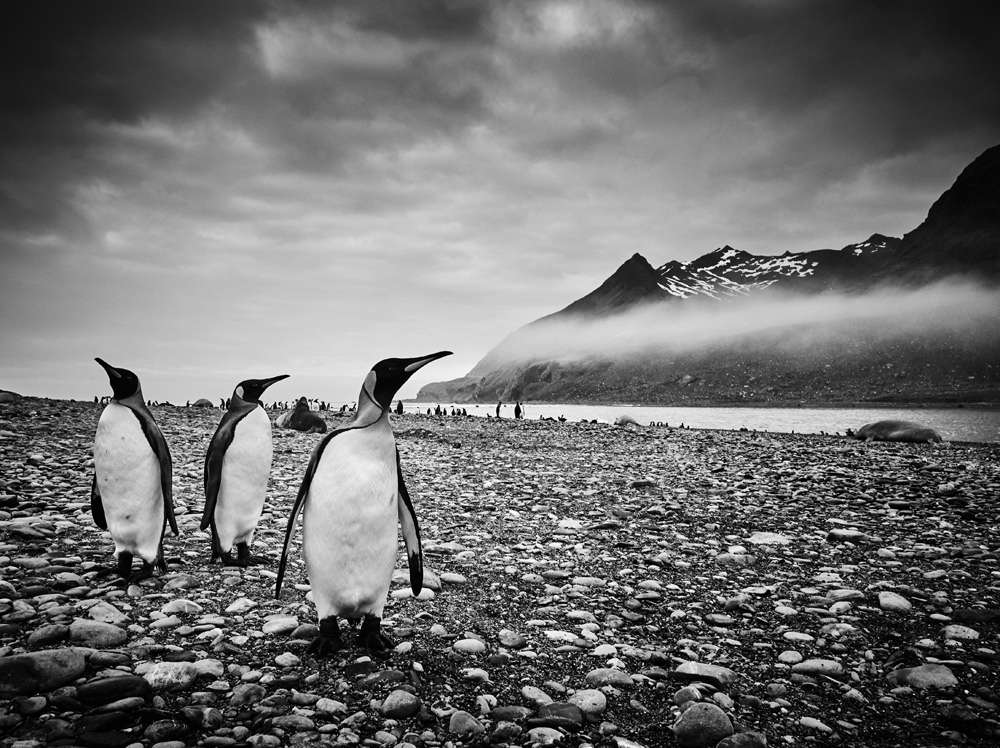
Personally, I have no regrets in making the switch from DSLRs when I did. My images haven’t suffered (far from it), the process of going out and taking photographs is more fun and my back has benefitted too. A win all round I’d say!
Reasons Why I Love my Olympus OMDs for Landscape Photography
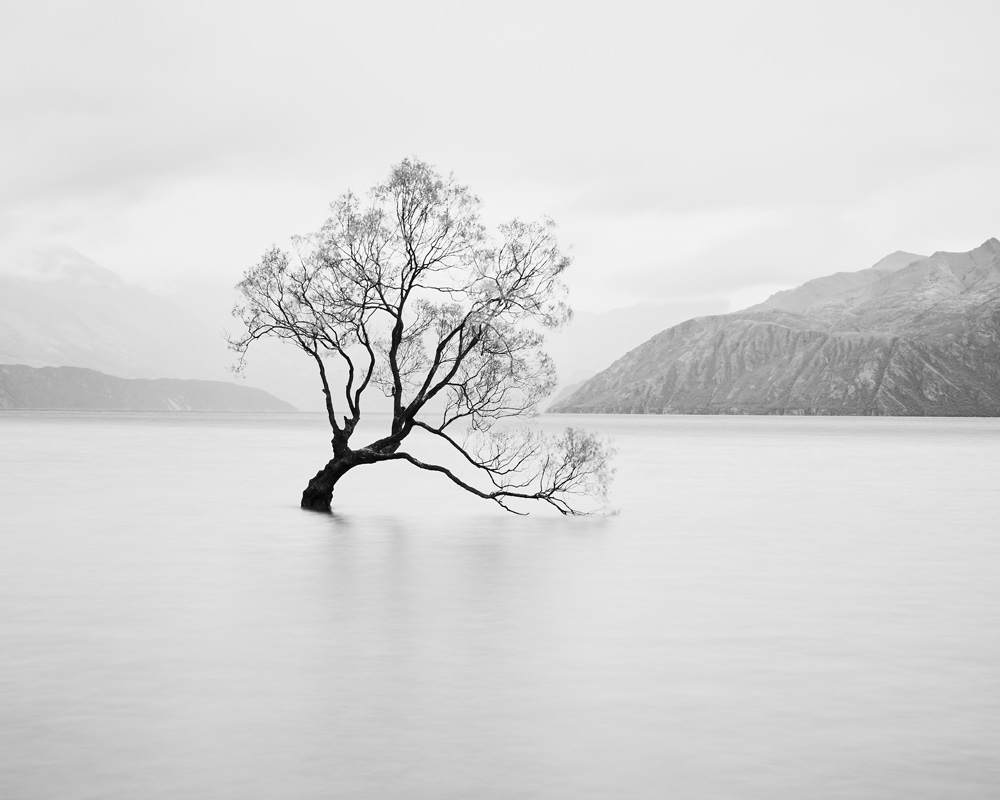
Small & light but solidly built – they may be smaller and lighter than a DSLR but the OMDs feel like they are robust enough to withstand professional use;
Weather sealed body & lens – essential for outdoor photography in the UK (I believe that if I haven’t got wet then I probably haven’t got a good shot!). I’ve used my OMDs all over the world in some appalling conditions and they’ve worked without missing a heartbeat;
The 5 Axis Image Stabilisation system – I use a tripod for most of my photography but when I do need to handhold the camera then I know the IS system is going to help me get the best possible image quality as shutter speeds start to lengthen;
Live Bulb/Live Time feature – provides a real-time update on exposure progress and takes all the uncertainty out of the long exposure photography that I love to do. This is a fantastic feature that as far as I know is unique to the Olympus cameras;
The tilting (and on some models the rotating) screen – the angled screen is a great option to have for candid/street & low-level photography. I’m not getting any younger and getting down onto my knees is still possible – it’s the getting back up again that has become harder!;
The built-in level – off-kilter horizons are generally a no-no in landscape photography (unless as a deliberate, aesthetic choice) so the two-way level visible in the viewfinder really ensures there’s no excuse for wonky horizons;
My Most Used Accessories for my OMDs
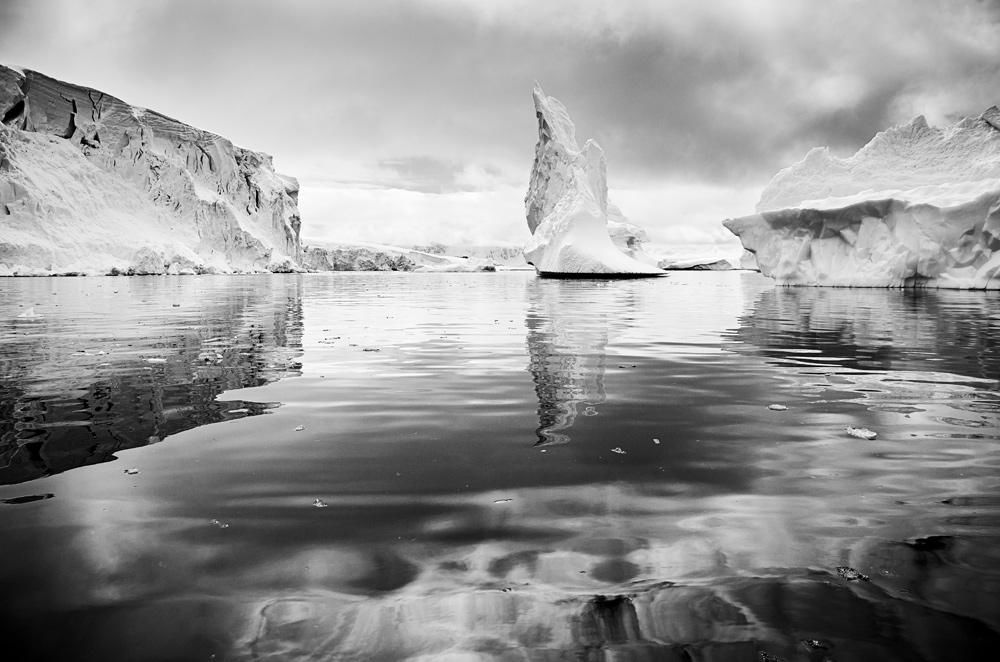
Gitzo Traveller Tripod – I have a selection of Gitzo tripods suitable for a wide range of photography in different locations. The Gitzo Traveller model is ideal for when I’m working overseas – it will easily support my Olympus system and is small & light enough to be packed in my checked bag;
Lee Filters Seven5 Filter system – this is a compact but comprehensive system ideally suited to CSCs and the smaller prime lenses. For the Olympus Pro zooms I still use my Lee 100mm filters and for both systems, ND graduated, ND and Polarising filters are employed on a regular basis;
Cable Release – when I’m using a tripod then it makes sense to fire the shutter with a cable release (even though there is no mirror to cause vibration). If I’m taking an exposure of several seconds then I don’t want to cause any unnecessary vibrations by touching the camera;
Olympus Cameras: Available from Roberts and B&H
Lee filter system: Available from Roberts and B&H
Gitzo Tripods: Available from Roberts and B&H
Steve Gosling
November 2019
Harrogate, North Yorkshire
I am a UK based professional photographer who loves black & white photography. My photographs have been widely published & exhibited internationally and has won many awards – most recently achieving an ‘Honor of Distinction’ in the prestigious international ‘B&W Spider Awards’ in 2018. I enjoy writing & teaching about photography and have run a successful workshop programme for nearly 20 years, encouraging and inspiring photographers from across the world. I am an Ambassador for Olympus, Gitzo & Permajet inkjet papers as well as working closely with Phase One and Lee Filters.






